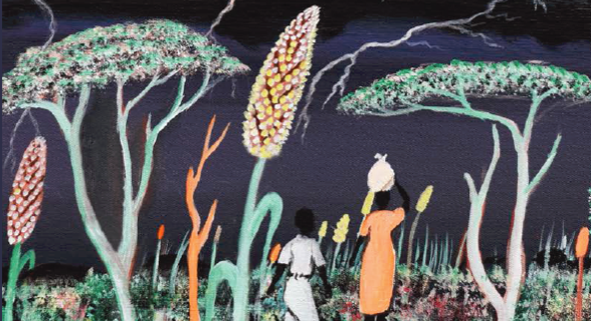The September 2018 Revitalized Agreement on the Resolution of the Conflict in South Sudan commits a Technical Boundary Commission to review administrative and “tribal” boundaries across the country. This comes after the October 2015 announcement of 28 and later 32 states, breaking down the existing 10. With the 12th May deadline for demarcation decisions fast approaching, tensions over land and boundaries have become more widespread in South Sudan.
The proposed 32 state boundaries may be new, but land disputes in South Sudan are not. Boundaries have become particularly contentious because people’s land rights – and broader citizenship – are increasingly seen to depend on their ancestral belonging to ethnically-defined territories. This reflects governance strategies since the colonial period to fix people in territories and to rule people in groups rather than to recognise individual citizenship rights and freedoms. But it ignores the long history of mobility and fluid social relations among South Sudanese – the idea of exclusive ethnic territory is something relatively new, and has been encouraged by recent politics and conflicts.
Meanwhile, security improvements following the peace agreement are anticipated to herald the return of South Sudanese refugees and internally displaced people (IDPs), necessitating consideration of support for the returns process by the international aid community. After the previous civil wars, the return of IDPs and refugees led to conflicts and tensions over houses, land and property, but also to debates as to what constituted returnees’ areas of origin and rights of residence across South Sudan. These issues highlight the critical need for reflection about boundaries, citizenship and conflict dynamics surrounding access to and disputes over land in South Sudan.
Decentralized governance that has become more prominent in South Sudan since 2005 has also increased the political value of land and contributed to boundary disputes. In South Sudan territory has become the focus of political and ethnic competition. Control over territory provides access to government revenues and a political constituency. Internal and international boundaries have become more politicized and contested, as neighbouring local administrations seek to maximize their territorial and resource control.
One approach to resolving boundary conflicts is to formally demarcate administrative boundaries. This process itself, however, can be a source of conflict. This is on one hand due to the increasing political and economic stakes in controlling land, and on the other hand because of the non-linear nature of local boundaries to-date. Indigenous boundaries are often indistinct, or interspersed and overlapping, with sometimes only particular clear points such as hills or prominent trees often claimed as boundary markers. Moreover, historical documentation is only of limited use for demarcating boundaries. There are archival materials on international boundaries, for instance between South Sudan and Uganda. However, it does not provide the level of detail necessary to present clear solutions to the location of international borderlines. There is even less historical evidence for most other currently disputed internal boundaries. Not only have many of these boundaries recently been created, but previous attempts to define them are vague, inaccurate or unmapped.
Demarcating boundaries is therefore not simply a technical exercise of legally determining and surveying lines, but entails wrestling with the very basis upon which those lines are to be defined—whose claims to land and territory are to be accepted, and with what forms of evidence and what definitions of community. Any process of demarcation requires very sensitive handling of these questions to avoid provoking conflict, as well as substantial support for negotiating local arrangements for cross-border relations, movement, land rights and access to shared resources.
Contestations over administrative territory and boundaries might also play into debates on the return of IDPs and refugees. Attempts to move returnees to their “areas of origin” can be deeply political and relate to tensions over administrative boundaries and ethnic competition over territory. As such, support for such movements risks entrenching inter-ethnic divisions, which in turn increases the risk of conflict. International aid actors need to consider potential political and conflict dynamics of debates about the return to “areas of origin” and should ensure that they do not facilitate harmfully divisive strategies that foster conflicts and disputes. They must also ensure that returns are not coerced or incentivized, but truly voluntary and based on information about security and services in proposed areas of return.
Moreover, returnees might face challenges claiming their land and properties occupied during their absence. Particularly in urban and peri-urban areas, land rights were increasingly privatized, individualized and partially commodified through increasingly formalization of land ownership after 2005. Yet, land governance, whatever laws and procedures it uses, tends to be skewed in favour of influential, powerful and wealthy members of local and national society. In this context, the most constructive responses are those that focus on strengthening the options and institutions for dispute resolution and remedying the grievances of those who are poor, vulnerable or marginalized in the local political economy including returnees.
This blog is based on the report “Dividing Communities in South Sudan and Northern Uganda: Boundary disputes and land governance” which was published by the Rift Valley Institute in 2016. The Gerda Henkel Stiftung funded the related research project.



